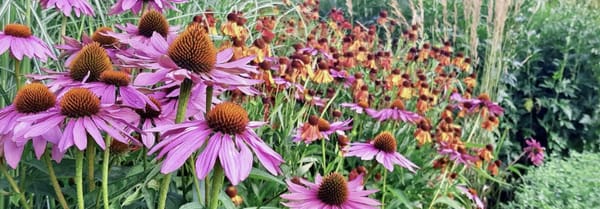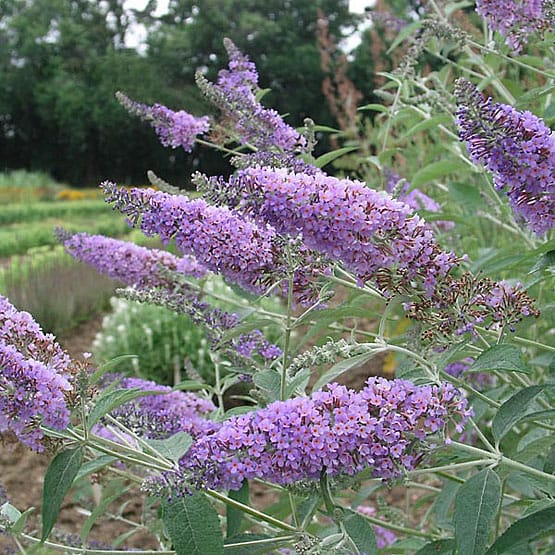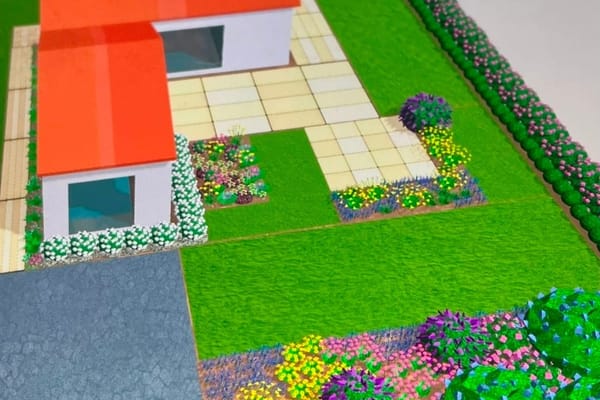Insects are your friends....well sometimes

“Bugs are not going to inherit the earth. They own it now. So, we might as well make peace with the landlord.” …. Thomas Eisner
Insects have been around for millions of years, predating human existence. They play a vital role in the biological chain of life, contributing to the health of our ecosystem by pollinating plants and flowers and breaking down organic matter. Additionally, they provide a good source of protein for humans, animals, and birds.
Insects, or bugs, are crucial for our ecosystem’s sustainability. In some cultures, bugs are considered a delicacy served in fine restaurants, while others are used for producing silk and honey. However, for modern-day gardeners and farmers, insects can present a dilemma. While we need bugs for pollination, decomposition, and nutrient cycling, not properly managed, insects can destroy gardens, vegetable plots, and agricultural crops.
Although various pest control methods were used in ancient times, it wasn’t until the 1930s that synthetic pesticides were used to control insects. However, it wasn’t long before we started seeing the environmental and health impacts these chemicals were causing, leading to the birth of the organic farming and the home gardening movement.
The challenge remains: how do you differentiate between protecting beneficial insects and controlling the ones that invade our gardens? There are a few organic pesticide solutions that claim to be safe for bees, butterflies, children, and pets. One of my favorites is Neem oil; however, great caution should be taken because even these organic solutions should be used sparingly and only when specific bugs are present. For organic diehards, handpicking bugs off flowers and plants in the middle of the night with a flashlight is always an option.
My preferred method of controlling unwanted bugs and encouraging beneficial insects is by knowing your plants and pairing them appropriately. For example,did you know that planting lavender around your house will encourage butterflies and bees but deter flies and mosquitoes? Last year, after moving into our new house with a garden that was mostly dirt and remnants of grass, we were invaded by flies, mosquitoes, and ants. Spraying insecticides was not an option, so my challenge began. During my research and garden design, I found that by using a combination of plants, I could organically address many problems, from warding off tomato worms to deterring deer and rabbits from eating my roses. In the spring, I planted lavender, salvia, marigolds, and thyme around the house and was delighted to see an abundance of bees and butterflies grace my garden. Equally delighted, I noticed a significant decrease in flies, mosquitoes, and aphids. Even the deer and rabbits didn’t seem interested.
As my research continued, I learned that many beneficial insects are endangered due to the expansion of built communities, cutting off their sources of shelter and food supply essential for their survival and migration. For example, the Monarch Butterfly migrates thousands of miles each year between North America and Mexico, producing multiple generations that rely on a specific diet for their survival. Just think, if everyone planted Milkweed (Asclepias syriaca/Common Milkweed or Asclepias/Swamp Milkweed) in their garden across North America, this would help them thrive and continue their journey. This is just one example of how a small act can help our ecosystem.
What about beneficial insects that need shelter for winter hibernation? I live adjacent to forests, agricultural land, and a natural preserve, which provide many places for overwintering insects to find refuge. In developed areas, consider a bug hotel. These structures provide shelter for overwintering insects, protecting them from harsh winter conditions and predators such as birds and animals.

Bug hotels come in various shapes, sizes, and designs. They are usually made up of pieces of wood with cracks or holes drilled through them, often with wire mesh attached to the front and back so insects can take shelter and hibernate out of reach of most predators. You can locate them in many areas of the garden, provided they are in a sheltered area away from wind and rain. I find a quiet area with half shade is always best. Mine is freestanding and nestled in a quiet corner protected by lilacs. I have also seen them placed in trees and in the eaves of sheds.
Gardens can be magical places and sometimes a challenge, but one thing I have learned is that there is always something new to learn in nature. If you design with it and not against it, you will find peace.





